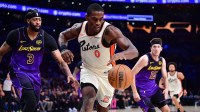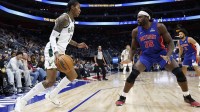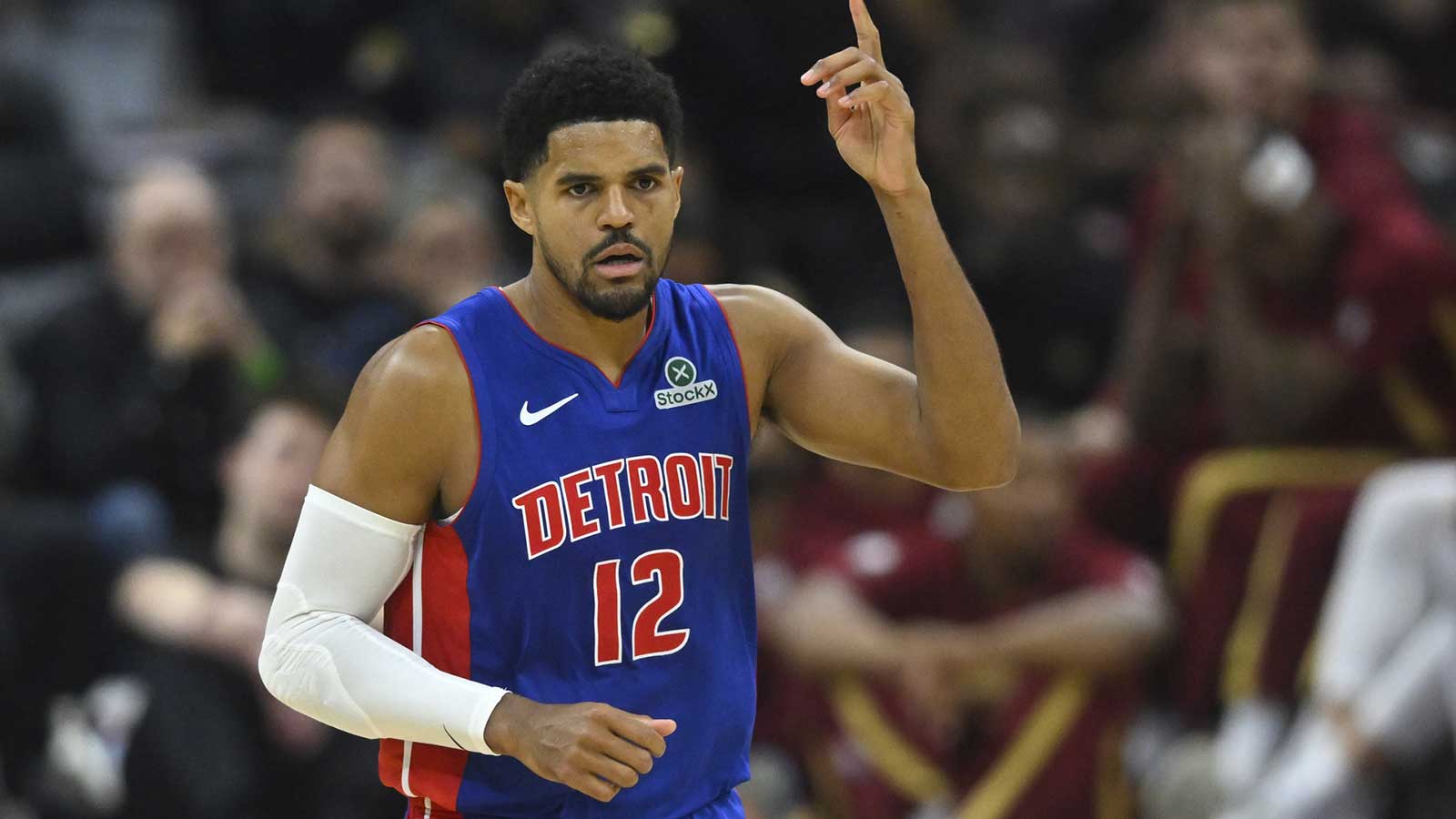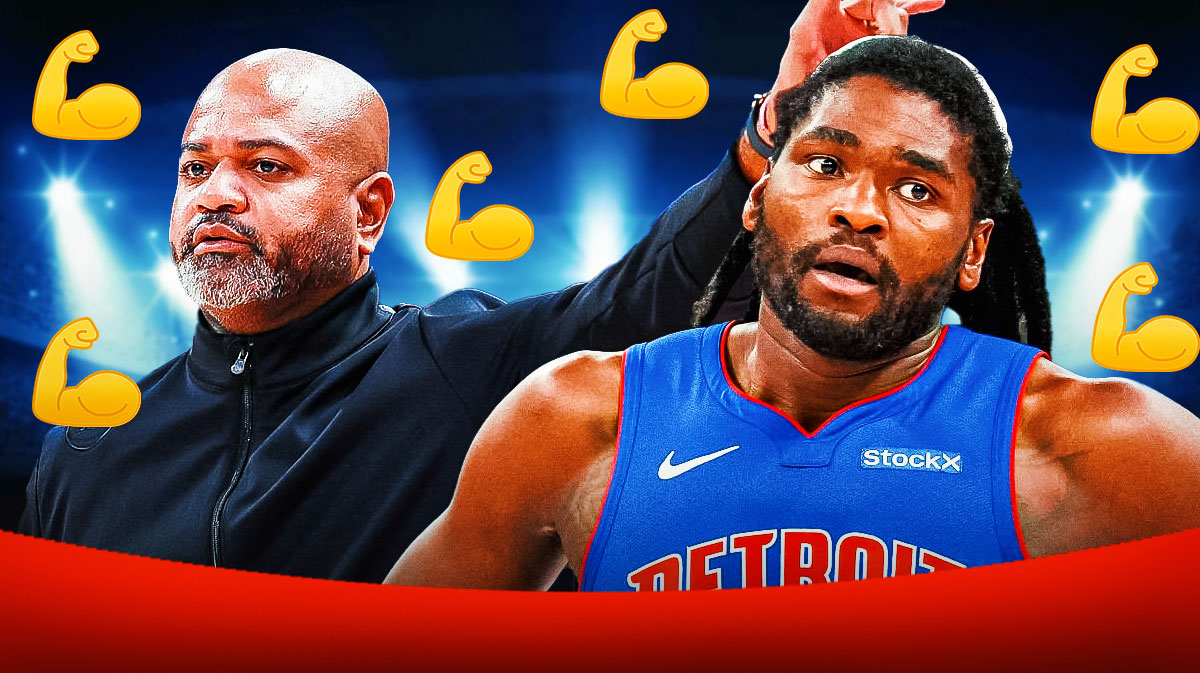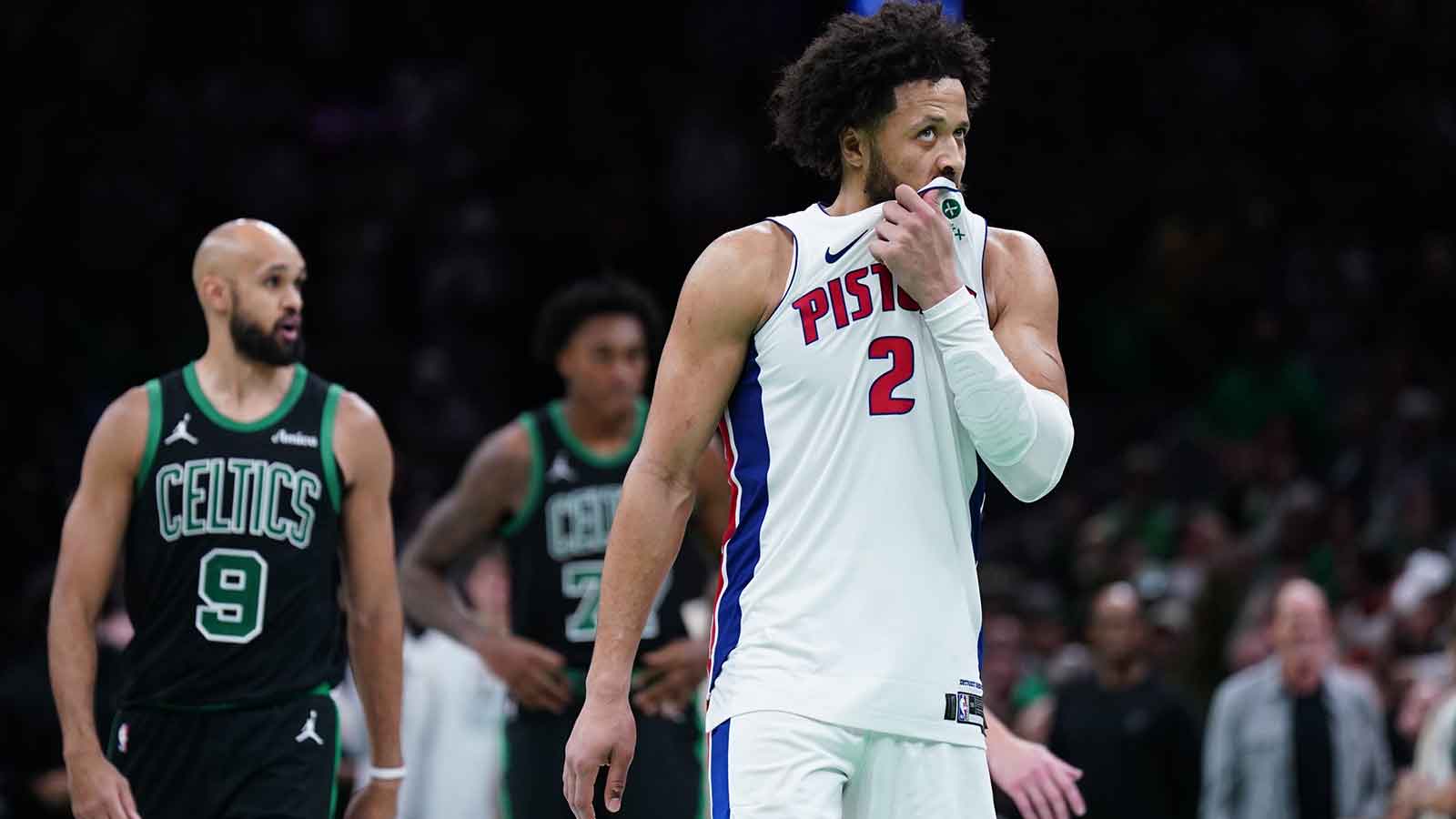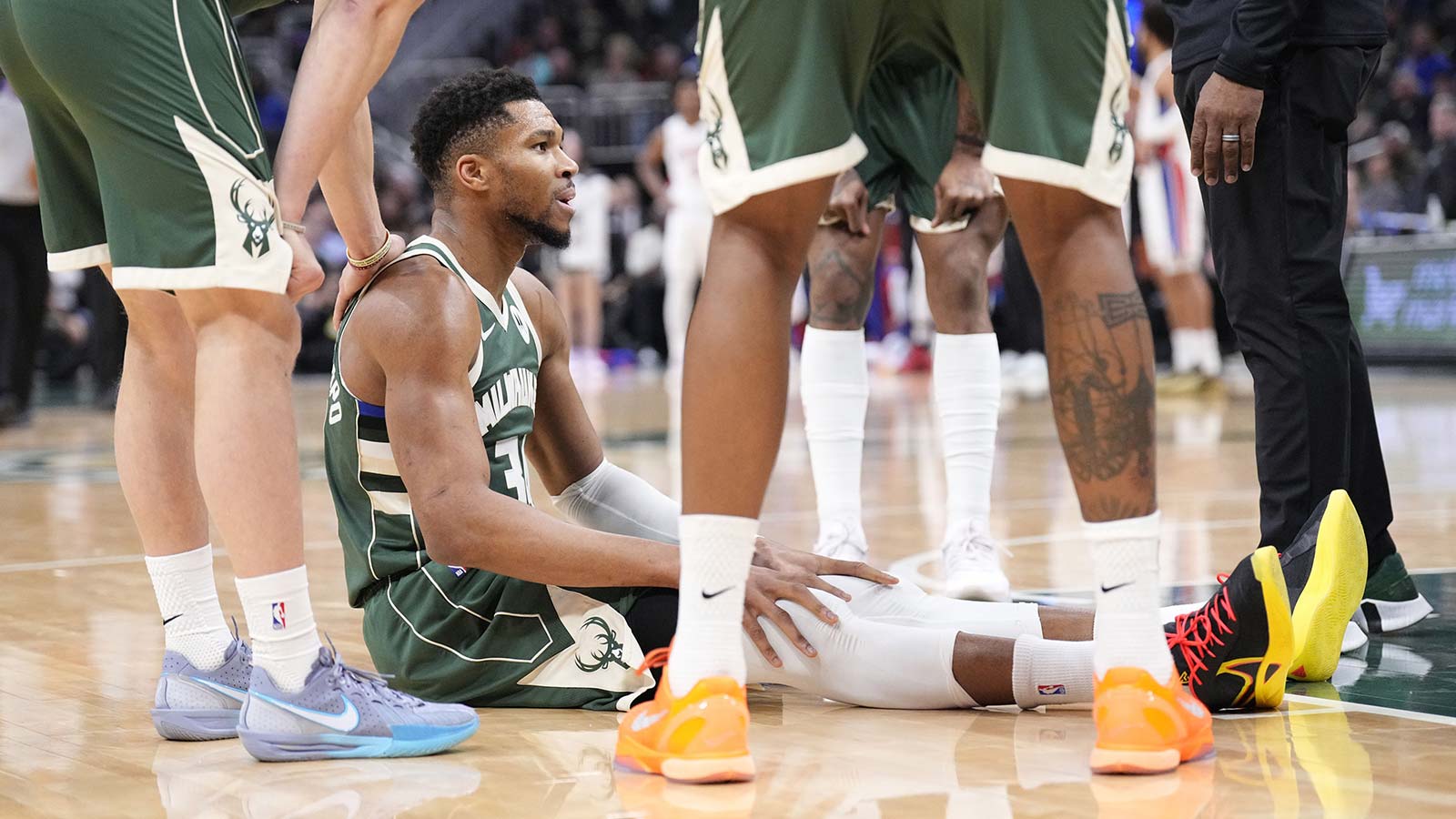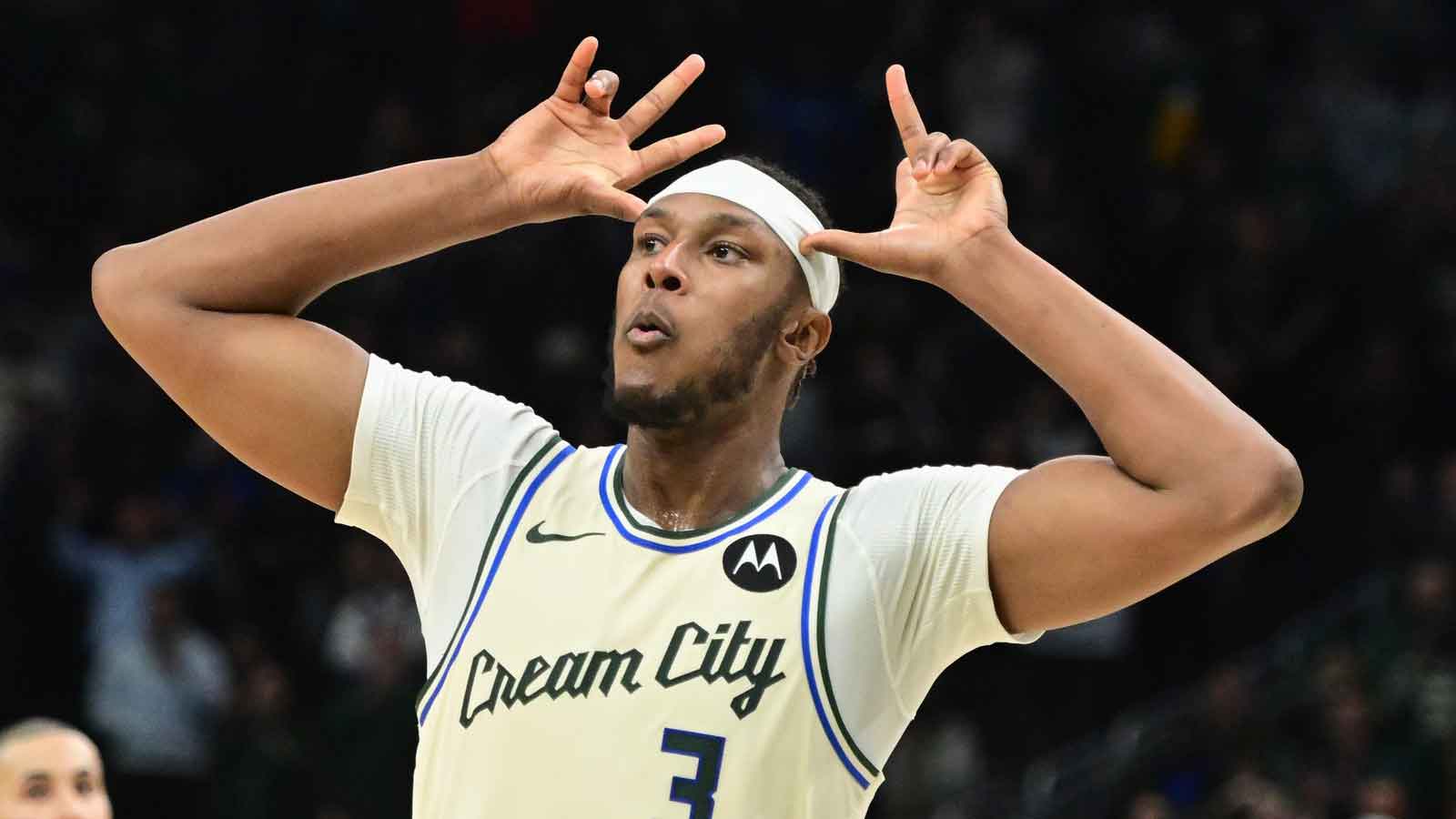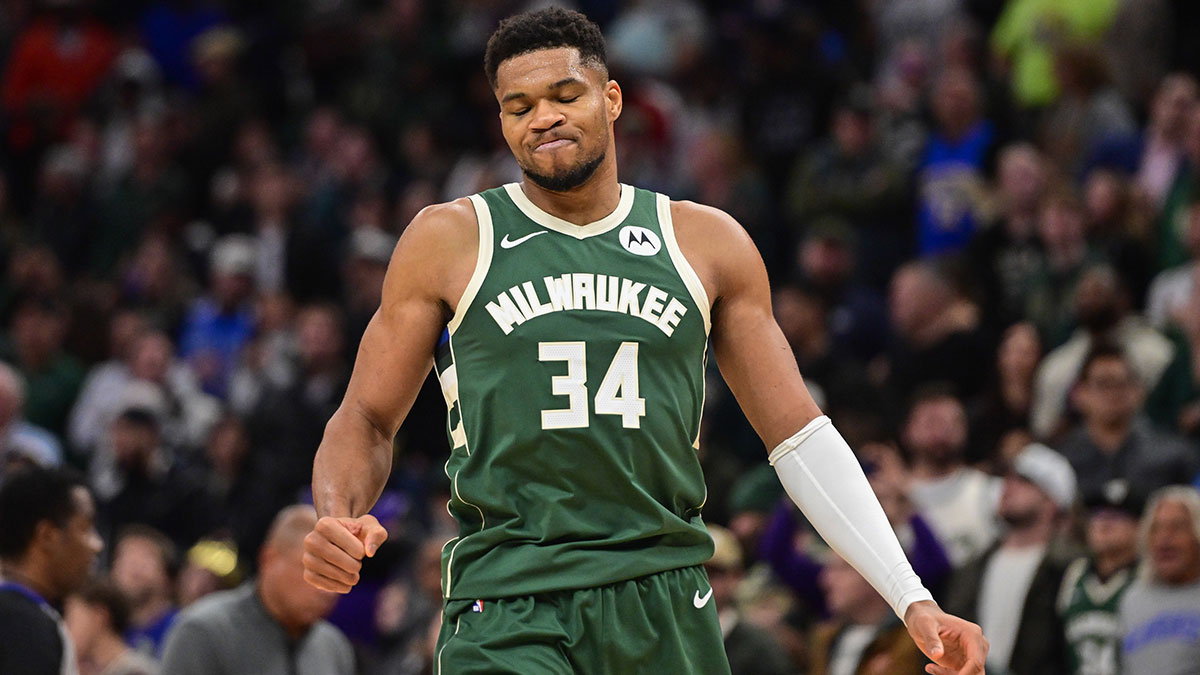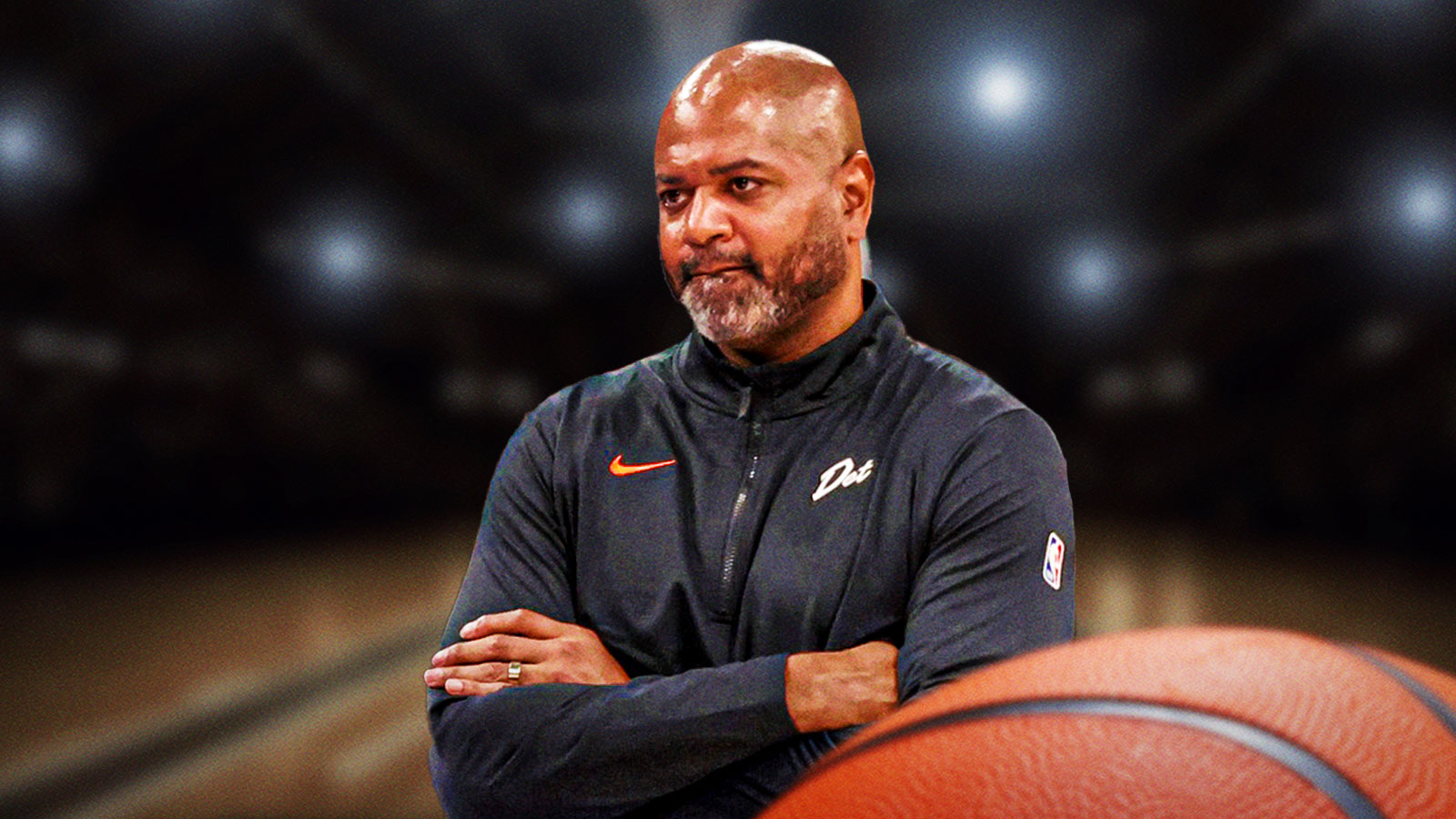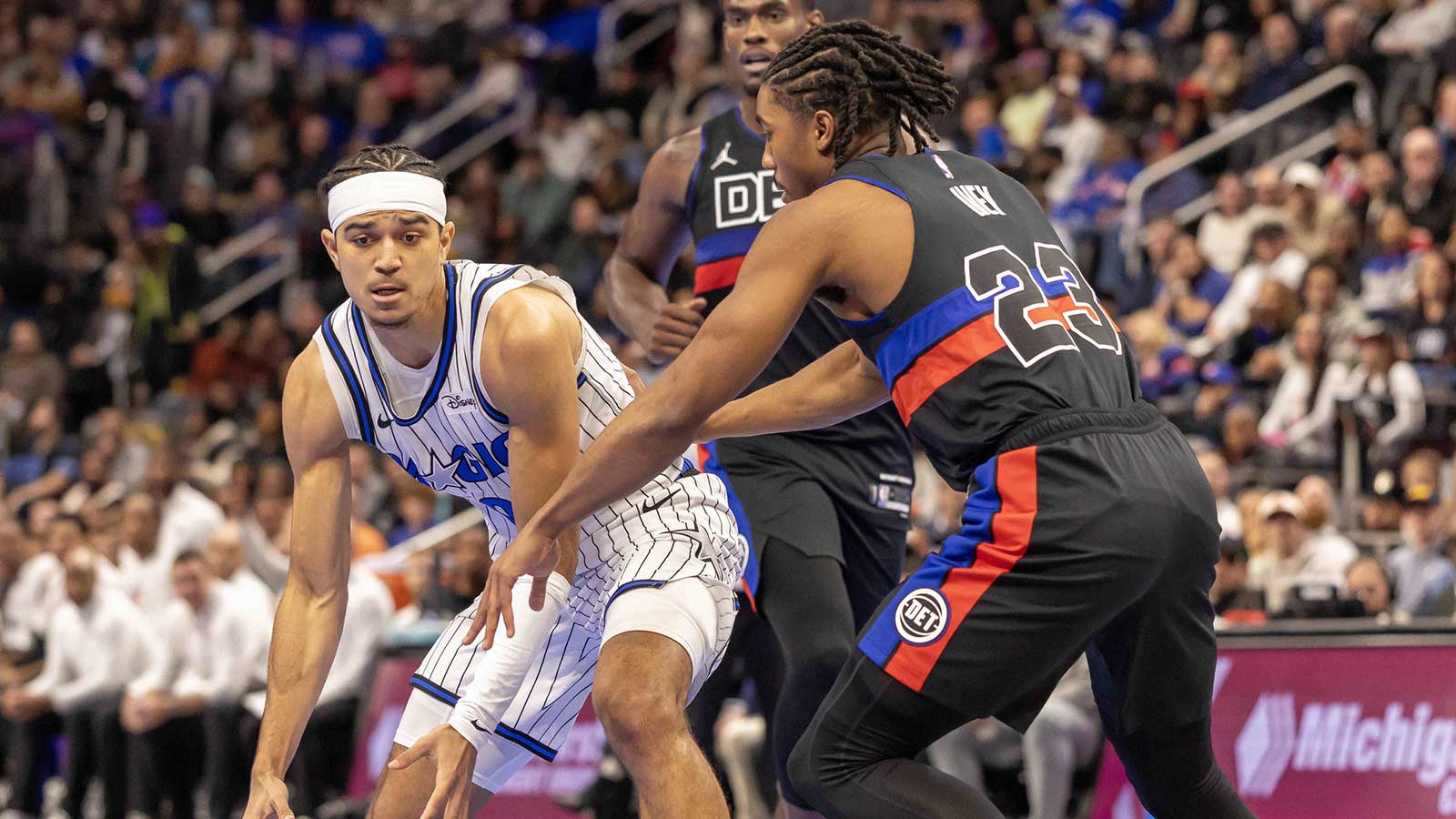For the first time in nearly two decades, there's genuine optimism in Detroit. After winning a playoff game for the first time since 2008, the Pistons are finally shedding the scars of their long rebuild. Cade Cunningham has solidified himself as a franchise cornerstone, Jaden Ivey continues to flash two-way upside, and Jalen Duren is emerging as one of the most physically dominant young centers in the game.
With promising wings like Ausar Thompson and rookie Ron Holland II also in the fold, Detroit has the pieces of a future contender, or at the very least, a serious playoff mainstay. General manager Trajan Langdon had one main job this offseason: complement the youth with capable veterans who won’t stunt development, but will contribute to wins. And in many ways, he succeeded. The Pistons brought in Caris LeVert and Duncan Robinson, two battle-tested, floor-spacing veterans, as well as Paul Reed to back up the big man rotation.
But in making those moves, Detroit may have let go of a far more valuable contributor.
The 1 move the Pistons should’ve made in the 2025 offseason?
Malik Beasley’s value was too significant to ignore. Beasley wasn’t just another shooter. He was one of the NBA’s most dangerous floor spacers last season, drilling 319 three-pointers, the second-most in the league. His ability to bend defenses, run off screens, and catch fire for 10+ points in a matter of minutes made him indispensable, especially next to a ball-dominant creator like Cunningham.
Malik Beasley Is Still Working Out In Pistons Gear 👀 #detroitbasketball pic.twitter.com/bU9kcHPxV3
— Downtown Deuce (@DowntownDeuce) August 4, 2025
In an offense centered around Cade’s playmaking and Duren’s gravity as a lob threat, spacing is everything. And Beasley provided that in spades.
He also brought experience, energy, and a willingness to come off the bench or start, traits that helped stabilize Detroit’s rotations and allowed the coaching staff to deploy multiple lineups without compromising spacing.
In short, he was exactly what this roster needed.
So why did Detroit pass on bringing him back?
According to ESPN’s Shams Charania, the Pistons were in deep discussions to sign Beasley to a three-year deal before it was revealed he was under federal investigation related to prop bets.
That understandably gave the front office pause. No team wants to commit multi-year guaranteed money to a player who could potentially be suspended or tied up in legal trouble.
But here’s the thing: there’s no evidence, yet, that Beasley has violated league rules or will miss time. The league has not issued a suspension, and Beasley remains unsigned as the investigation plays out.
There’s no indication the investigation is nearing resolution any time soon.
Detroit had an opportunity to leverage the uncertainty to strike a team-friendly deal, a shorter term with options, partial guarantees, or behavior clauses. Instead, they opted out entirely, and with it, they may have lost their best perimeter shooter and most dynamic off-ball threat.
What they did instead: LeVert and Robinson
The Pistons did move quickly to soften the blow.
-
Caris LeVert, a streaky scorer who can play both on and off the ball, brings toughness and some defensive edge. But he’s also an inconsistent shooter; he shot just 33% from three last season and has struggled to stay healthy over long stretches.
-
Duncan Robinson, acquired via sign-and-trade, brings movement shooting and veteran playoff experience from his Miami days. He can space the floor, but he doesn’t offer Beasley’s athleticism, slashing, or ability to create in transition.
Together, LeVert and Robinson hit 306 threes last year, combined. Beasley hit 319 on his own.
That stat alone should’ve been enough to convince Detroit that the risk was worth it.
Detroit’s offensive outlook is built around Cade Cunningham’s growth as a lead initiator, and it showed signs of coming together last year. He averaged 26.1 points, 9.1 assists and showed poise against top-tier defenses in his first postseason appearance.
But what he needs most now is space.
Jaden Ivey is still developing as a shooter. Ausar Thompson is a high-level defender and slasher, but his jumper remains a work in progress. Ron Holland II is just 20 and working through his role. Caris LeVert has never been a catch-and-shoot threat, and Duncan Robinson is more effective in movement sets than pure spot-up spacing.
Beasley’s presence alone, whether starting or off the bench, changed how teams guarded Cade. Defenders couldn't sag off, couldn't help from the corners, and couldn’t double without consequences.
That spacing elevated everyone. Without it, Detroit’s offense may tighten up in crunch time, especially in the postseason.
The Pistons didn’t need to go all-in on Beasley. But they could’ve structured a deal that protected the team while keeping his talent in-house.
Some options they overlooked:
-
A 1+1 deal with a team option, ensuring flexibility next summer.
-
Non-guaranteed years, giving Detroit control if the investigation escalates.
-
Conduct clauses, allowing them to void the deal if Beasley faces suspension or criminal charges.
-
Incentive-based structure, reducing cap risk while rewarding availability and performance.
Given that Beasley remains unsigned, he may have been open to such terms.
Instead, the Pistons allowed fear of a potential outcome to override the proven reality of what Beasley brings to the court.
Detroit’s ceiling just got lower
The Pistons are trending in the right direction. They’ve drafted well, extended Cade Cunningham, and built a strong foundation with young, athletic wings and one of the best young bigs in the league.
But if they want to turn playoff cameos into playoff runs, they’ll need to maximize the talent around their star.
Letting Malik Beasley walk, without exhausting ways to keep him under team-friendly terms, was a mistake. One that may only become more apparent if Detroit’s offense stalls in the spring, or if Beasley resurfaces as a difference-maker elsewhere.



